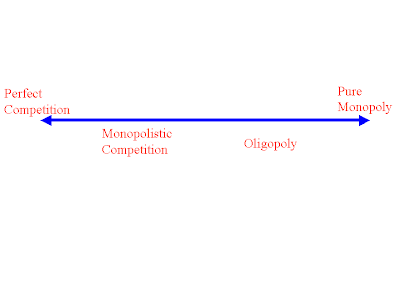Financial Analysis
It is a method used to evaluate the viability of a proposed project by assessing the value of net cash flows that result from its implementation. Such analysis are routinely carried out in private and public sectors. Private sector uses it to assess whether investment projects are commercially profitable or not. In public sector financial analysis is conducted to sold and charges imposed e.g. light urban rail, water charges, electricity charges etc. This analysis helps to assess the budgetary impact of project, for appraising PPP (Private Public Partnership) projects, large projects with complex financing structures and for assessing net return of projects developed by commercial semi-state companies.
Purpose of financial analysis
- Identifying and estimating financial cash flows
- Assessing financial sustainability
- Determining that part of investment cost which won't be recovered by net revenue
- Calculation of performance indicators such as Net Present Value (NPV), Internal Rate of Return (IRR)
- Assessing the funding sources such as public, private and donor partners for projects and examining the return on capital
Economic Analysis
An economic analysis such as Cost Benefit Analysis (CBA) typically considers all the social and economic impacts on society and not just the cash flows directly affecting the sponsoring body. This analysis is mainly used by the public sector in order to focus on net benefit for society.
Purpose of economic analysis
- Assessing the short to medium term determinants of price developments.
- To find out real activity and financial conditions in the economy.
- To analysis the effects on cost and pricing behavior.
Why are private sectors interested in financial analysis and public sector in economic analysis?
Private sectors are just profit oriented so they are interested in financial analysis but public sector are more responsible for quality service, improvement of nationalities/citizen's work rather than profit, so public sector focuses on an economic analysis to broadly survey on people's social and economic status.

